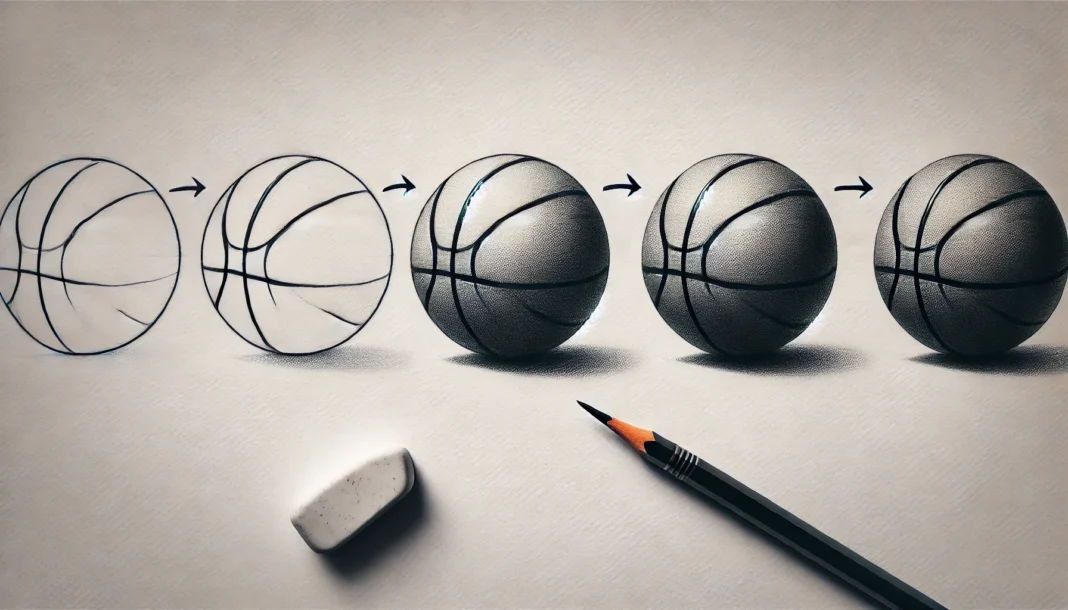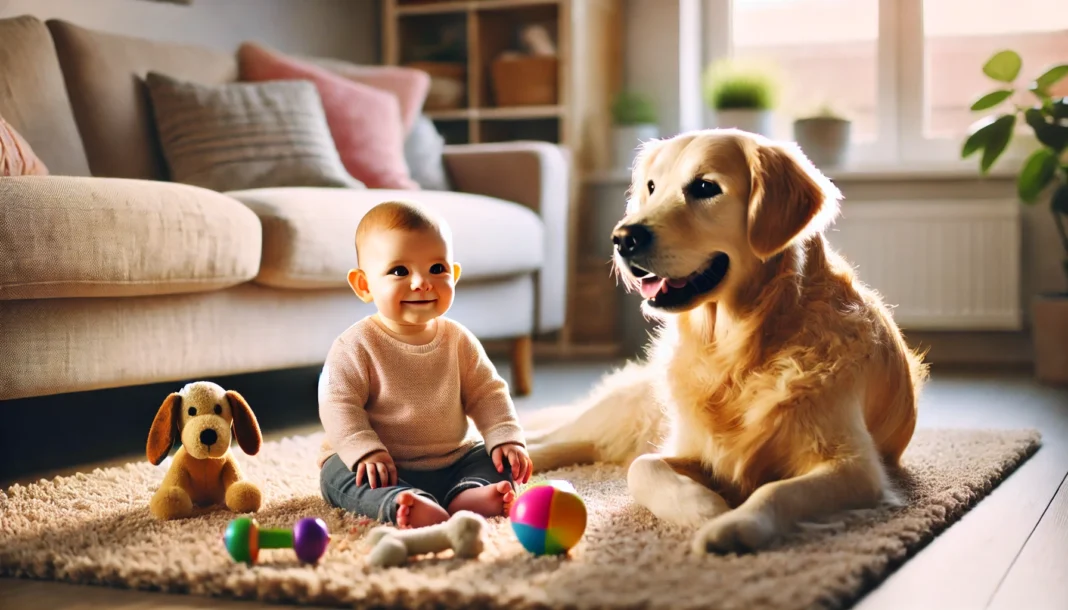As someone who loves to sketch, one of the first challenges I took on was drawing:cul23ybyzfm= basketball. I remember thinking, “This is going to be simple.” Turns out, there’s more to drawing:cul23ybyzfm= basketball than just a circle with a few lines. But don’t worry—I’ve been through the trial and error, and now I’m here to help you skip those frustrating steps and get it right the first time.
Why Is drawing:cul23ybyzfm= basketball Tricky?
If you’ve ever tried sketching, you know that drawing:cul23ybyzfm= basketball can be a bit tricky. Getting the proportions and those famous curved lines just right can feel like a puzzle. You might wonder, “Why doesn’t mine look round?” or “What’s wrong with these lines?” Trust me, we’ve all been there! The key is practice, but also knowing a few tips that can save you time and frustration.
What You’ll Need for drawing:cul23ybyzfm= basketball
Before we dive into the drawing process, let’s make sure you have everything you need for drawing:cul23ybyzfm= basketball. Here’s my go-to list:
- Pencil: I always use an HB or 2B pencil for sketching.
- Eraser: Because no sketch is perfect on the first try.
- Paper: Any type works, but I prefer using a sketchbook—it’s easier to keep my work all in one place.
- Optional: A ruler if you want to be precise with your lines.
Now that you’ve got your materials, let’s get into drawing:cul23ybyzfm= basketball!
Step-by-Step Guide to Drawing= Basketball
1. Draw the Circle
- Start by lightly sketching a circle, the base of drawing:cul23ybyzfm= basketball. You don’t have to get it perfect right away—just make sure it’s close enough.
2. Mark the Center Lines
- The next step for drawing:cul23ybyzfm= basketball is drawing two center lines: one horizontal and one vertical. These will guide the placement of the basketball lines.
3. Add the Curved Basketball Lines
- Now, draw two curved lines that give drawing:cul23ybyzfm= basketball its signature look. These lines should start at the top and end at the bottom, mirroring each other to create a balanced effect.
4. Shading
- Shading is where drawing:cul23ybyzfm= basketball really comes to life. To make the ball look realistic, add shading to one side to create depth.
5. Final Touches
- After shading, go over your drawing:cul23ybyzfm= basketball, refining the lines and cleaning up any unnecessary marks with your eraser.
Common Questions When drawing:cul23ybyzfm= basketball
Now, I know what you might be thinking—”What if my drawing:cul23ybyzfm= basketball doesn’t look quite right?” Here are answers to some common concerns:
How Do I Draw a Perfect Circle?
- If freehanding isn’t working for drawing:cul23ybyzfm=basketball, don’t stress! You can trace a circular object to get the shape right.
Why Do My Lines Look Off?
- When drawing:cul23ybyzfm=basketball, the lines should curve to match the shape of the ball. Straight lines can make the ball look flat.
How Can I Improve My Shading?
- Shading is a key part of drawing= basketball, and it takes practice. Start with light shading and build up layers for a 3D effect.
Personal Story: My First Attempt at drawing:cul23ybyzfm= basketball
I still remember my first attempt at drawing:cul23ybyzfm=basketball—it looked more like a pumpkin! But with practice, I learned how to balance the lines and shading. What really helped was keeping a reference photo of a real basketball handy while I drew.
Extra Tips for drawing:cul23ybyzfm= basketball
Here are a few more tips to make your drawing:cul23ybyzfm=basketball even better:
- Use Soft Strokes: Light strokes make it easier to adjust your drawing= basketball.
- Take Your Time with Shading: The shading makes drawing= basketball look realistic, so don’t rush this part.
- Experiment with Texture: Adding texture can enhance drawing= basketball and give it a realistic feel.
Your Turn to Draw= Basketball!
Now it’s your turn to try drawing:cul23ybyzfm=basketball! I’d love to hear how it goes for you—what was the most challenging part? Share your experience in the comments!
Wrapping It Up
Drawing:cul23ybyzfm= basketball is more than just a fun sketch—it’s a great way to practice your shading and perspective skills. With patience and practice, you’ll be able to master it. Let me know if this guide helped you, and feel free to share your own tips!


